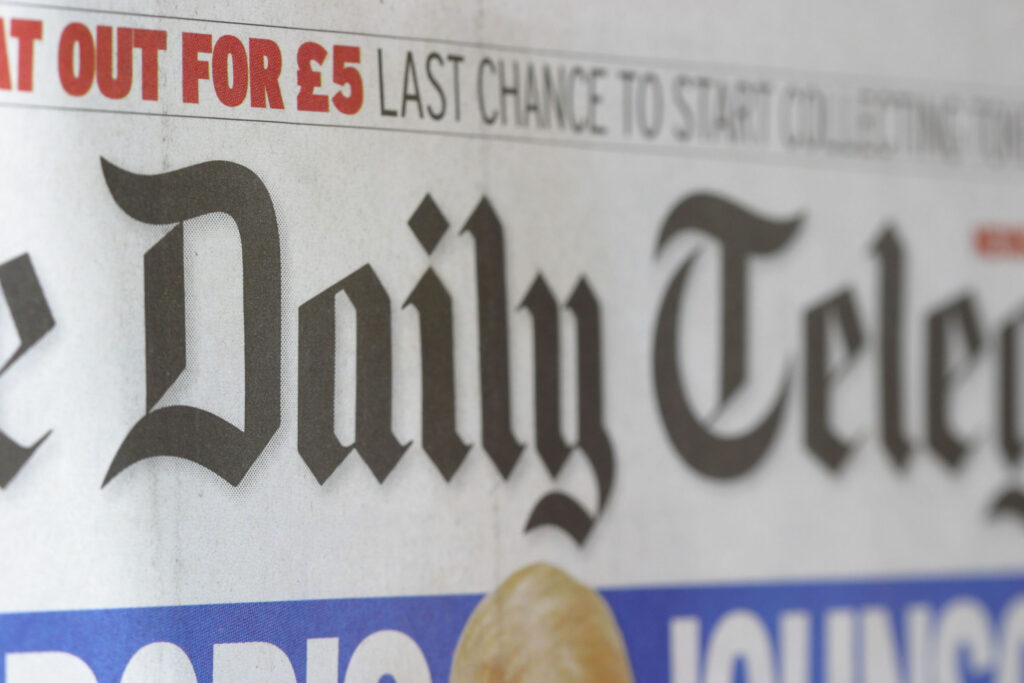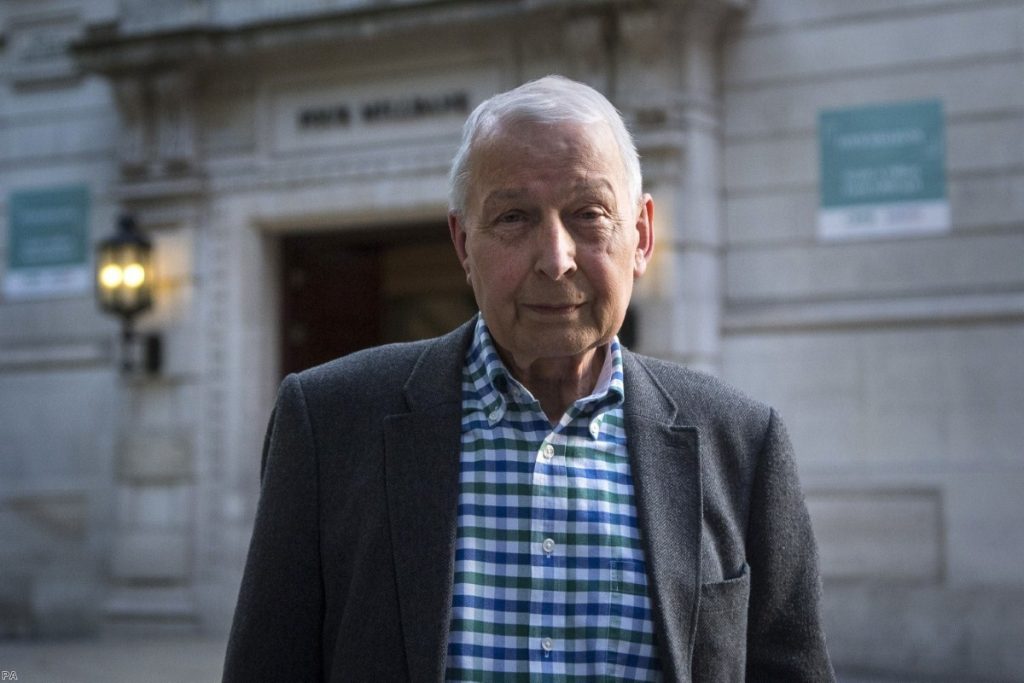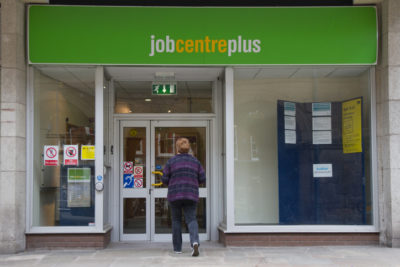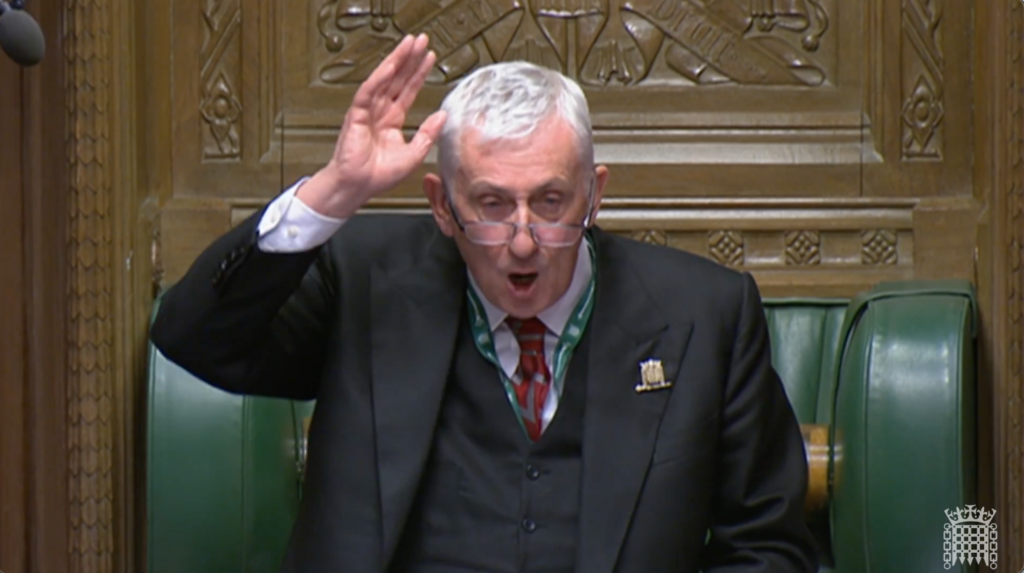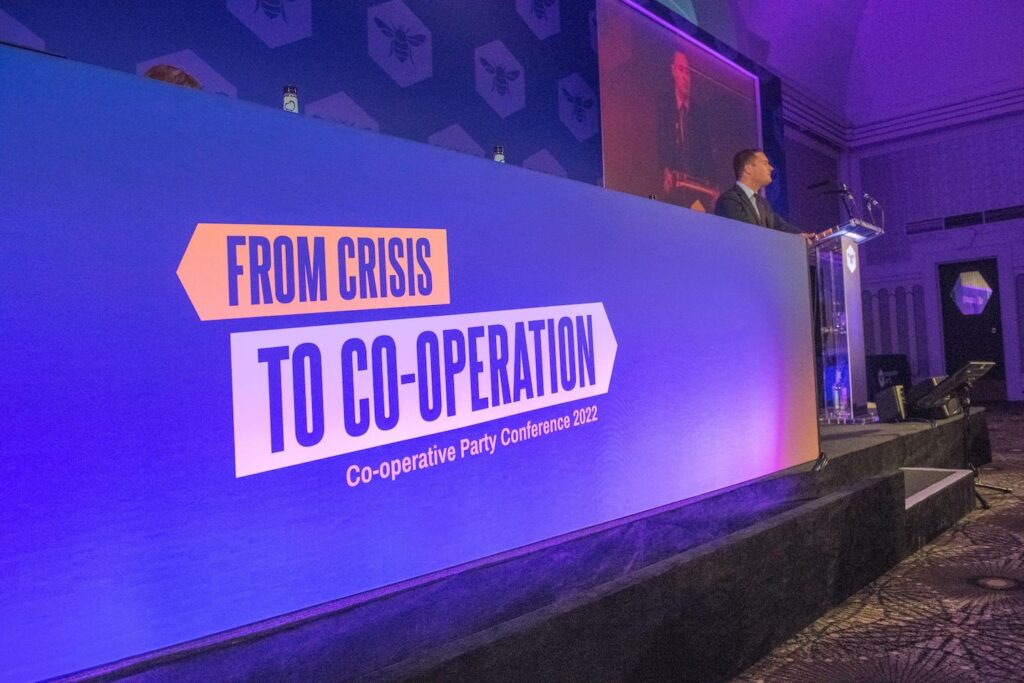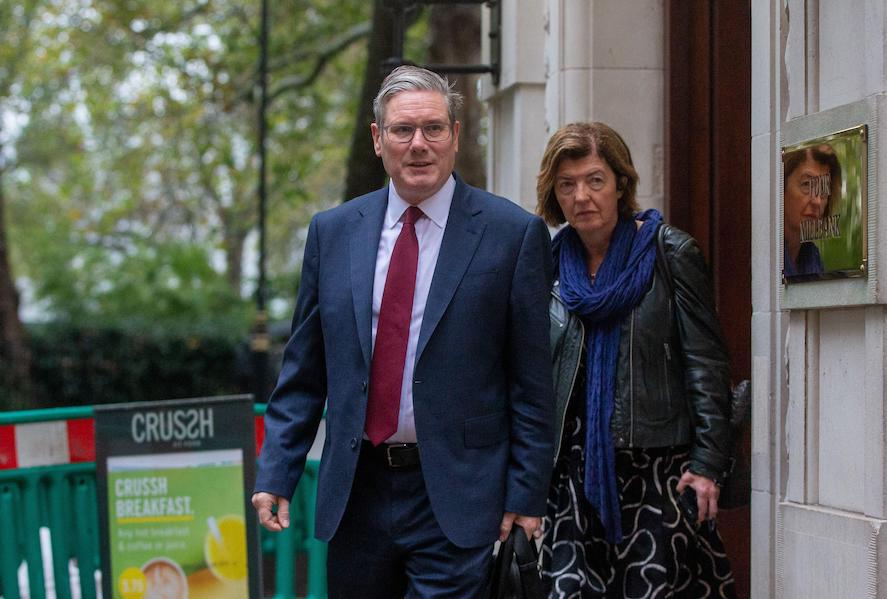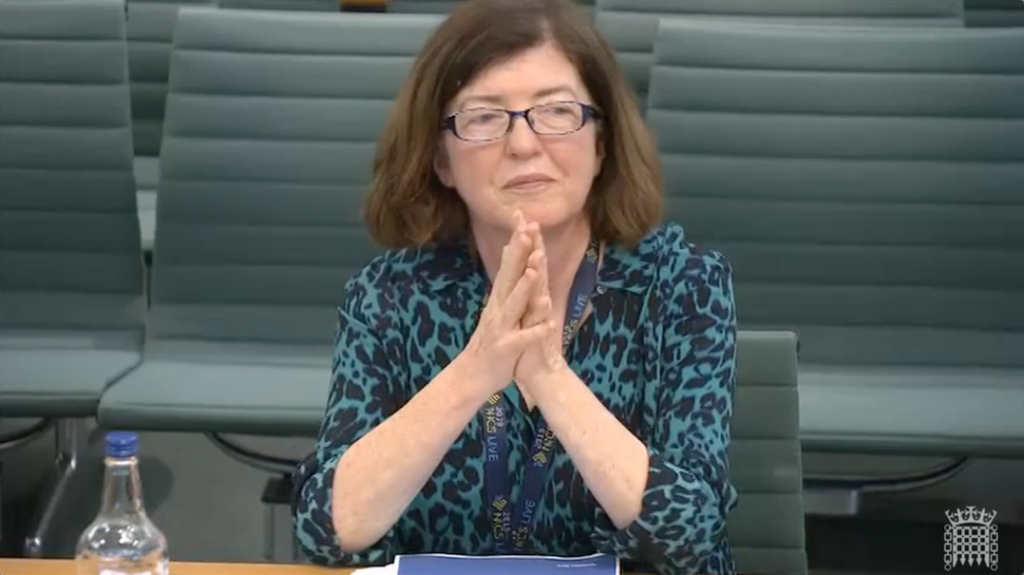Overview
Since 1922, Britain’s Labour Party has either formed the country’s Government or constituted the Official Opposition. The Party has been in power for just over a third of the period since the Second World War.
In the most recent 2019 General Election, Labour won 202 out of 650 seats in the House of Commons, securing 32.2% of the popular vote.
In the summer of 2021, Labour Peers accounted for 173 of the 786 Members of the House of Lords.
Where Labour was once the dominant force in Scottish politics, securing 46% of the vote and winning 56 seats from a total of 72 seats in 1997 General Election, the Party is now the third force in Scottish politics. By 2019, Labour’s share of the vote in Scotland had dropped to 18% and the party possessed just one Labour MP in Scotland.
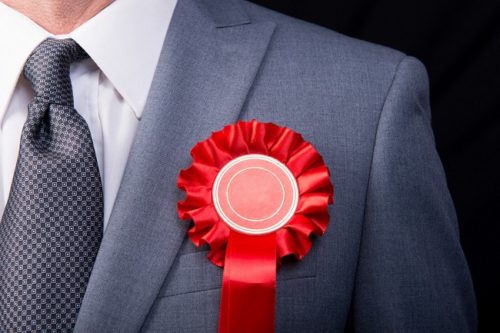
Labour Party Beliefs
The Labour Party’s constitution makes the following statement: “the Labour Party is a democratic socialist party. It believes that by the strength of our common endeavour we achieve more than we achieve alone, so as to create for each of us the means to realise our true potential, and for all of us, a community in which power, wealth and opportunity are in the hands of the many, not the few.”
Traditionally, the Labour Party’s economic policy reflected Keynesian beliefs in government economic intervention, taxation to support the redistribution of wealth, and the nationalisation of industry.
Today there are two distinct wings within the Labour Party. On the right of the party sit those supporters of Tony Blair’s ‘New Labour’, who take a more Social Democratic approach. On the left of the party, lie the Momentum Group and the supporters of former Party Leader Jeremy Corbyn. This latter group support a more active socialist approach, built around the nationalisation of industries, hostility to the free market economy, and a more significant redistribution of wealth.
The Labour Party’s socialists origins dovetail with its internationalist traditions. The overwhelming majority of the Parliamentary Labour Party was supportive of Britain remaining in the European Union during the 2016 Brexit referendum.
Labour Party Membership
In 2019, the Labour Party was said to possess around 485,000 members, making it by far Britain’s largest party in terms of membership numbers.
Although the Labour Party failed to garner increased support amongst the wider electorate between 2013 and 2019, the Labour Party’s own membership levels tripled during this period.
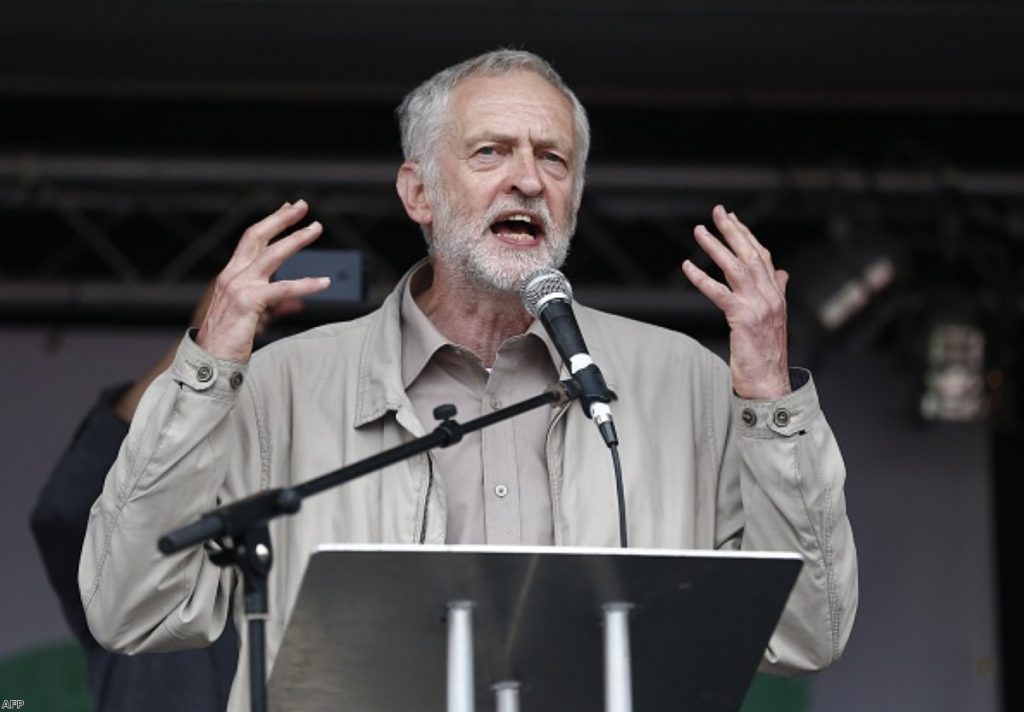
Labour Party membership levels rose under Jeremy Corbyn.
Labour Party Voters
The results of the 2019 General Election showed the Labour Party to be most popular with the youngest cohort of voters. The Party’s support then steadily decreases as voters age. According to a YouGov post-election survey, the age at which the average voter switches from voting Labour to voting Conservative is 39.
Overall, women are slightly more likely to vote Labour than men, with this gap being significantly large in the youngest age bracket, before getting smaller with age.
Despite Labour’s history and past identity as the party of the working class, Labour’s support in 2019 was approximately the same across all social classes. In that year’s election, more working class voters were actually shown to have supported the Conservative Party than the Labour Party.
Levels of Labour support are seen to rise steadily with a voter’s level of formal education. In 2019, Labour polled only a quarter of the share of the vote among voters with a level of education at GCSE or below. This was some way below the party’s overall share of the vote.
Estimates by the polling firm Ipsos Mori suggested that 64% of Black and Minority Ethnic voters supported Labour in 2019, compared to only 29% of White voters. The Labour Party significantly trailed the Conservative Party amongst Anglican and Jewish voters, albeit retained a slim lead over the Conservatives amongst Catholic voters and non religious people. Studies have suggested that as many of 85% of Muslim voters supported the Labour Party.
A Brief History of the Labour Party
The Labour Party was founded in 1900 as an alliance between the Socialists and the Trade Unions. The new party, then known as the Labour Representation Committee, won its first seats in Parliament in the 1900 general election, with Keir Hardie and Richard Bell becoming the first Labour MPs. Following a secret electoral pact with the Liberal Party, then the Conservative Party’s main rival, Labour managed to increase its Parliamentary representation further in 1906. At this point, the Party officially adopted the name as the Labour Party, with Keir Hardie becoming its first Chairman.
During the First World War, Labour was split between supporters of the war and anti-war campaigners. Despite this inner divide, Arthur Henderson became the first Labour MP to serve in Government after joining the wartime cabinet.
After the war, Henderson, along with Ramsay MacDonald and Sidney Webb, set up a system of constituencies to formalise local Labour support. Webb also oversaw “Labour and the New Social Order”, a statement of Labour beliefs and policies that remained the party’s manifesto until 1950. This statement detailed socialist values such as the redistribution of wealth through high taxation and the nationalisation of industries. These principles were reflected in the party’s 1918 constitution, particularly its famous Clause IV, known as ‘the socialist objective’.
In 1922, the Liberal Party’s internal divisions, and a surge in Labour support in the aftermath of the 1918 Representation of the People Act, allowed Labour to surpass the Liberals and form the Official Opposition for the first time.
In 1924, Labour and the Liberal Party joined forces in a minority government against the weakened Conservatives. This led to Ramsay MacDonald briefly becoming Britain’s first Labour Prime Minister. MacDonald was subsequently elected outright as Labour Prime Minister in 1929.
Following the Great Depression in 1929, and the subsequent formation of a National Government in 1931, there was a split in the Labour Party with a number of leading figures refusing to acquiesce in government spending cuts.
During the Second World War, Labour entered into a war time coalition with the Conservatives. Then Labour Party Leader, Clement Attlee, served as Deputy Prime Minister. In the 1945 post-war general election, Attlee led Labour to a landslide victory. His government subsequently established the modern welfare state and created the National Health Service in 1948. Despite losing power in 1951, Attlee’s reforms became the foundation of the Post War Consensus.
Labour returned to power in both the 1960s and the 1970s under Harold Wilson, before spending 18 years in the political wilderness in the 1980s and 1990s, during the Conservative Governments of Margaret Thatcher and John Major.
In the run up to the 1997 General Election, Labour made some significant changes in its policy stances, moving decidedly towards the centre ground of British politics under Tony Blair’s ‘New Labour’. This included the rejection of Clause IV in 1995. The party returned to power in 1997, winning big parliamentary majorities, and serving in government for 13 years until 2010.
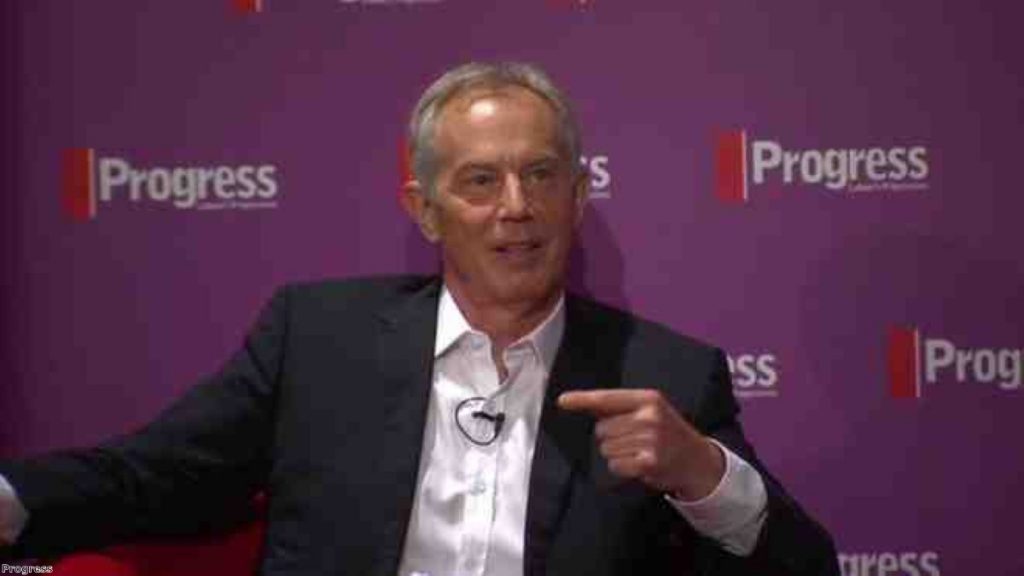
Tony Blair is Labour’s longest serving Prime Minister.
Returning to opposition after the 2010 General Election, the Labour Party moved steadily back towards the left of the political spectrum – a move that was hastened after the election of Jeremy Corbyn as Labour Party Leader in 2015. After two subsequent election defeats (2017 and 2019), Sir Keir Starmer was elected to replace Jeremy Corbyn in 2020.
Labour and Anti-semitism
Under Jeremy Corbyn’s leadership, there were accusations of antisemitism levelled both at him personally and at the party as a whole. This led to a 2016 internal inquiry under the auspices of the former Director of Liberty, and later Labour front bench spokesperson, Shami Chakrabarti. Her report criticized the party’s ‘atmosphere’ but concluded that it was not institutionally anti-semitic.
In 2018, the Labour Party did not initially accept the ‘Working Definition of Antisemitism’ published by the International Holocaust Remembrance Alliance, prompting further criticism from the Jewish community.
The Equalities and Human Rights Commissions (EHRC) then investigated the Labour Party in relation to its internal handling of antisemitism complaints by representatives of the Jewish community, including the Jewish Labour Movement. In 2020, an EHRC report concluded that Labour broke the law in relation to its handling of these antisemitism complaints.
Former Labour Leader, Jeremy Corbyn, rejected the findings of the EHRC, commenting that the issue was “dramatically overstated for political reasons”. This led to Jeremy Corbyn being temporarily suspended from the Labour Party, and the former Party Leader then losing the Labour whip in the House of Commons.
Labour and the UnionsHistorically, the Trade Union movement was closely associated with the Labour Party, and indeed the unions were integral in the Party’s founding.
Accordingly, affiliated trade unions once possessed half of the votes at the Labour Party Conference, although this system was subsequently reformed by former Party Leader, Ed Miliband. Since 2014, members of a Trade Union affiliated to the Labour Party have been considered as affiliated supporters. This gives them the right to vote in leadership elections, but not to vote in other internal party elections.
Labour Party Funding
The Labour Party is funded through a combination of public grants, donations and membership fees.
Being an opposition party, Labour currently receives both Policy Development Grants and Short Money. According to the Electoral Commission, Labour received a Policy Development Grant of £359,478 in the year 2015-16.
The Labour Party is also entitled to public funding in the form of Short Money and an extra annual allowance for the running costs of the Leader of the Opposition’s office. According the House of Commons Department for HR and Change, in 2014-15, these amounted to £5,740,052 and £777,538 respectively. As Labour is also the main Opposition Party in the House of Lords, they also receive what is known as Cranborne Money, amounting to £572,717 in the 2014/2015 session for example.
In addition to the above public funding, the Labour Party receives support in the form of donations. During the 2019 electoral period, such donations amounted to £5.4 million. The vast majority of this funding came from the Trade Unions, with many of the wealthier individual donors who supported New Labour, said to be unwilling to fund the party whilst it was under Corbyn’s leadership.
Currently, standard Labour Party membership costs £4.42 per month, with reduced rates available for young people, students, the unemployed, part-time workers, retired people, affiliated trade union members, and current and former members of the armed forces.
Labour Party Organisation
The Labour Party is centrally organised by the party’s National Executive Committee (NEC), which oversees all Party operations. The NEC sets yearly objectives to determine the direction of the party and its policy priorities.
The Labour Party also competes in Scottish and Welsh devolved elections as Scottish Labour and Welsh Labour, two autonomous sections of the national party.
At the local level, the Labour Party is organised into local branches. These branches choose candidates for local elections and send representatives to the General Committee of the local Constituency Labour Party (CLP). The CLP organises support in each Parliamentary constituency and in normal circumstances is responsible for the selection of Labour candidates for parliamentary elections. Each CLP also sends representatives to the annual Labour Party conference.
Labour Party Leadership
If a Labour leadership contest is triggered by the incumbent leader’s resignation, as it was in 2020, then to be able to stand for election, prospective candidates need the support of 10% of Labour MPs, in addition to that of either 5% of constituency parties or at least three affiliates, out of which, two must be trade unions.
Having secured their way onto the ballot paper, candidates are then voted on by party members, affiliated supporters, and registered supporters in a preferential ballot. Each eligible voter has one vote. The elected leader is the candidate who receives over half of the votes. If each candidate receives a minority of the vote, the one with the least votes is eliminated, with their votes redistributed to their voter’s second preference. This continues until one candidate has at least 50% of the votes.
A leadership contest can also be provoked through a challenge to the sitting leader. For this, any challenger needs at least 20% of MPs to support them. The incumbent leader is automatically on the ballot alongside the name of their challengers, and the voting system is the same as in the case of a race triggered by resignation. This is the process under which Owen Smith mounted a bid to Jeremy Corbyn in 2016.
Unlike the Conservative Party, Labour MPs cannot forcibly remove the Party Leader through a vote of no confidence. Jeremy Corbyn lost such a vote in June 2016, but refused to resign.
Keir Starmer was elected Leader of the Labour Party on 4 April 2020, doing so with over 50% of the vote in the first ballot.
Labour Party Policy Process
Labour Party policy can be made in several ways. Any member can individually submit an idea on the Labour Policy forum website or participate in a local or regional policy discussion. The National Policy Forum, made up of representatives of the various groups within Labour, receives and engages with these policy ideas. They also conduct regular reviews of existing Labour policy.
The task of developing policy from the ideas submitted to the Labour Policy Forum then falls to Labour’s eight policy commissions. These are made up of specialists stemming from all areas of the party, including the Parliamentary Party, the NEC, and grassroots activists.
The Labour Party’s Annual Conference then considers the policy proposals developed by the policy commissions and decides what will be included in the party’s election manifesto. Delegates are picked by members to vote at the conference. They must have been party members for at least a year and come from constituency parties, Trade Unions and other groups within the Labour movement. The vote is on entire policy documents, not the details included within the proposals.
When having to make smaller, day-to-day policy decisions, especially regarding House of Commons votes when in opposition, decisions are typically made by the leadership of the Parliamentary Labour Party.
Labour Parliamentary Candidates
Candidates for parliamentary elections are usually picked at the recommendation of their local Constituency Labour Party, but the NEC reserves the right to make the final decision.
Contact Details
Website: www.labour.org.uk
Twitter: @UKLabour









